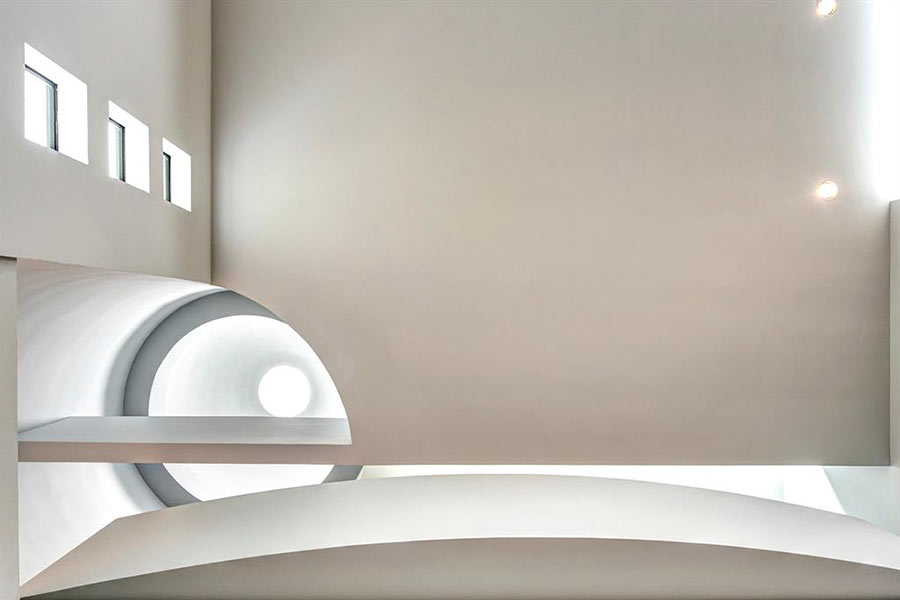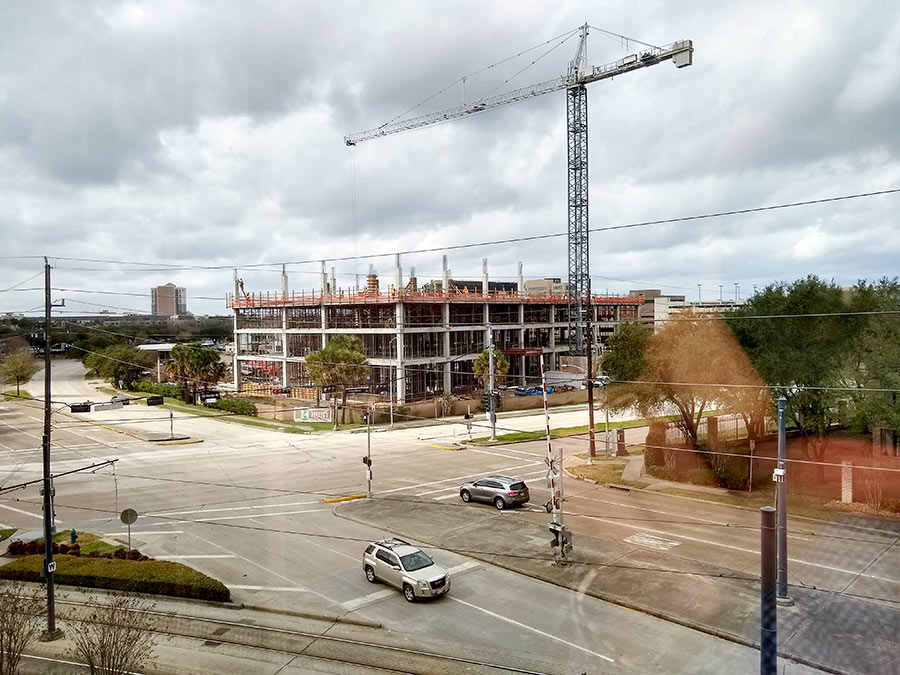WEST U TREATMENT: NOW EVEN MORE SAFE AND SMELLY Noticing anything different about the area around Brays Bayou and Kirby Dr.? “‘It smells like raw sewage,’ said [nearby homeowner Hector] Caram. ‘That’s what it smells like.’ Last month, the city of West University Place cut down the thick crop of trees surrounding its sewage treatment plant on Kirby and North Braeswood within Houston city limits. And for neighbors who live, work or jog around there, the difference is jarring. “You noticed it right away,” said jogger Lauren Cozad. ‘You said, “Oh, why’d they take those trees down,” because we didn’t even know there was anything back there.’ But West University Public Works Director Chris Peifer says his city didn’t have a choice. ‘It is a secure facility,’ said Peifer. Peiffer told us the state ordered the city to clear the fence line here and increase visibility, so security guards can more easily spot anyone trying to break in there. He says it’s a matter of homeland security.” [abc13] Update: As commenter Carol notes below, the Chronicle has more on the story here.




Haha West U. residents, your shit really does stink!
We drive by there fairly often and my wife noticed both the missing trees and the smell.
Chalk up another one for Homeland Security. I’m sure Osama is seething that his plans were foiled, although it looks like they did his job for him.
The major worry with a SEWAGE treatment facility is the housing of chlorine(or some form of it). Outside of that, there really isn’t a big threat from someone breaking in and messing around with the place.
This place doesn’t even use aerobic digesters which means there isn’t a large storage of methane on the property.
Look at the plant here:
http://tinyurl.com/qfmlox
Silly federal regulations. I wonder what would have happen if those trees had protected birds in them?
That sounds about right; Homeland Security has made our lives %&^#@.
“The major worry with a SEWAGE treatment facility is the housing of chlorine(or some form of it). Outside of that, there really isn’t a big threat from someone breaking in and messing around with the place.”
Are you KIDDING?! America’s sewage plants are OUR LAST LINE of defense!!! If the terrorists take our poo, THEY’VE WON!
HAHAHA!
But the Chlorine issue is a problem because it can easily be turned into a gas which is quite deadly.
I still don’t know if the reason makes sense though. The TCEQ encourages the use of vegetation along with high fencing on WWTPs. I wonder if all the WWTPs in the region at all the Municipal Utility Districts will have to comply?
“Homeland Security” – it sounds so Nazi-ish.
So, it WAS so well concealed the locals didn’t even know about it. Now, everyone’s nose knows what and where it is. Heckuva Job Nepalitano! I agree with kbj — too bad the trees didn’t house spotted owls or something.
Good article in the Chron this morning. It doesn’t mention the stink issue until midway thru.
I drive past this fairly frequently and the smell is really bad. I never noticed any smell before the trees came down.
Before, the terrorists wouldn’t be able to find it. Now they can conduct a midnight raid on the facility on the darkest night of the year … by smell alone!
@kjb, are those large, blue slanted cylinders the chlorine tanks?
Why not just beef up the fence around THEM?
Also, seeing that this is such an old facility, maybe it’s time to upgrade and start using UV to treat the effluent. It that a possibility in Houston? it seems like the trend elsewhere.
The chlorine contact basin (where the water goes before its discharged) is between the to large clarifiers (round structures).
The blue things aren’t chlorine storage. Chlorine has to be stored within a on-site building. The blue things appear to be pumps to lift the waste water into the plant, but I could be wrong on that.
The UV treatment system is gaining popularity in Texas and the rest of the country. They are typically placed just before the chlorine system gets the waste water. The EPA hasn’t allowed UV systems yet be full replacement of chlorine systems. Many entities that have the funding are installing them though. The day that UV can be used as a stand alone system will be a happy day for many utility operations. The hassle of buying and storing chlorine would be eliminated.